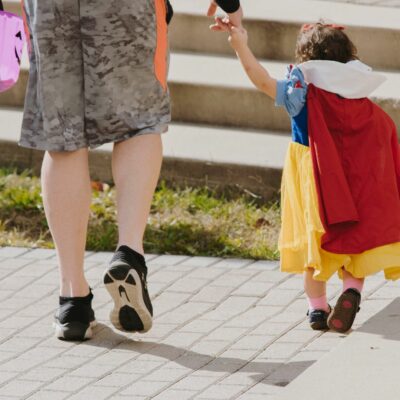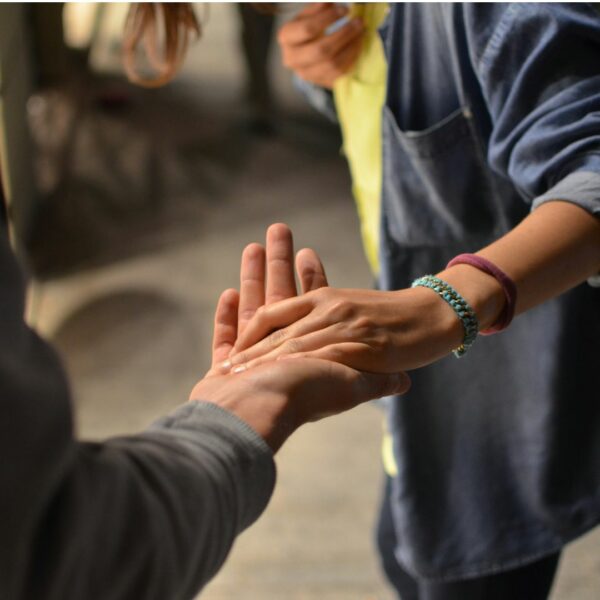Halloween Safety Tips: Keeping Kids Safe During the Festivities
Halloween is a time of excitement for many children, but it also comes with some safety concerns that parents, caregivers, and communities should keep in mind. Beyond candy safety, there are several factors to consider, including costume choices, supervision, and creating a safe emotional environment for kids, especially those who may feel vulnerable due to past traumas. Here are some practical tips to ensure Halloween is fun and safe for all children.
1. Costume Safety
Children often love to express themselves through creative costumes, but it’s important to make sure they are safe too:
- Reflective Gear: Dark costumes can be hard to see at night. Adding reflective tape or glow-in-the-dark accessories can help keep your child visible while trick-or-treating.
- Fit and Mobility: Costumes that are too long or have loose accessories can cause tripping or choking hazards. Make sure costumes are well-fitted and easy for kids to move around in.
- Non-Toxic Face Paint: If your child is wearing makeup or face paint, ensure it’s non-toxic and suitable for their skin to avoid irritation or allergic reactions.
2. Trick-or-Treating Safety
For many children, trick-or-treating is the highlight of Halloween, but it’s important to supervise them closely:
- Supervision: Young children should always be accompanied by an adult. If older kids go out on their own, make sure they stay in well-lit, familiar neighborhoods and have a plan for checking in regularly.
- Street Safety: Remind kids to look both ways before crossing the street, use crosswalks, and never dart out between parked cars. Flashlights or glow sticks are also a great way to make sure they stay visible.
- Candy Checks: Before children dive into their candy stash, inspect all treats for signs of tampering, such as open wrappers or homemade items from strangers.
3. Emotional Safety During Halloween
Halloween can be overwhelming, especially for children who have experienced trauma or have sensory sensitivities. Here’s how to make the experience safe and enjoyable for them:
- Consider Sensory Needs: For some children, Halloween can be overstimulating due to loud noises, spooky decorations, or crowded environments. Respect their limits, and let them know it’s okay to opt out of activities that make them uncomfortable.
- Inclusive Trick-or-Treating: Some children, particularly those with allergies, may feel left out if they can’t have certain treats. Offering non-food items like stickers or small toys can create a more inclusive environment for everyone.
- Set Expectations: Talk to your child ahead of time about what to expect during Halloween festivities. Preparing them for costumes, sounds, and events can reduce anxiety and help them feel more in control.
4. Creating a Safe Halloween for All Children
Communities can play an active role in ensuring that Halloween is safe for all kids. If you’re hosting a Halloween event, consider ways to make it inclusive:
- Teal Pumpkin Project: Participate in the Teal Pumpkin Project by offering non-food items to children with food allergies. Place a teal pumpkin outside your home to show your participation.
- Safe Spaces: If you’re hosting a Halloween party or event, designate quiet areas where kids who are overwhelmed can take a break. Offer activities that cater to different sensory preferences.
Halloween is a time for fun, but safety should always come first. With a little planning and attention to detail, we can ensure that children have a safe, enjoyable, and inclusive experience during this festive time.





